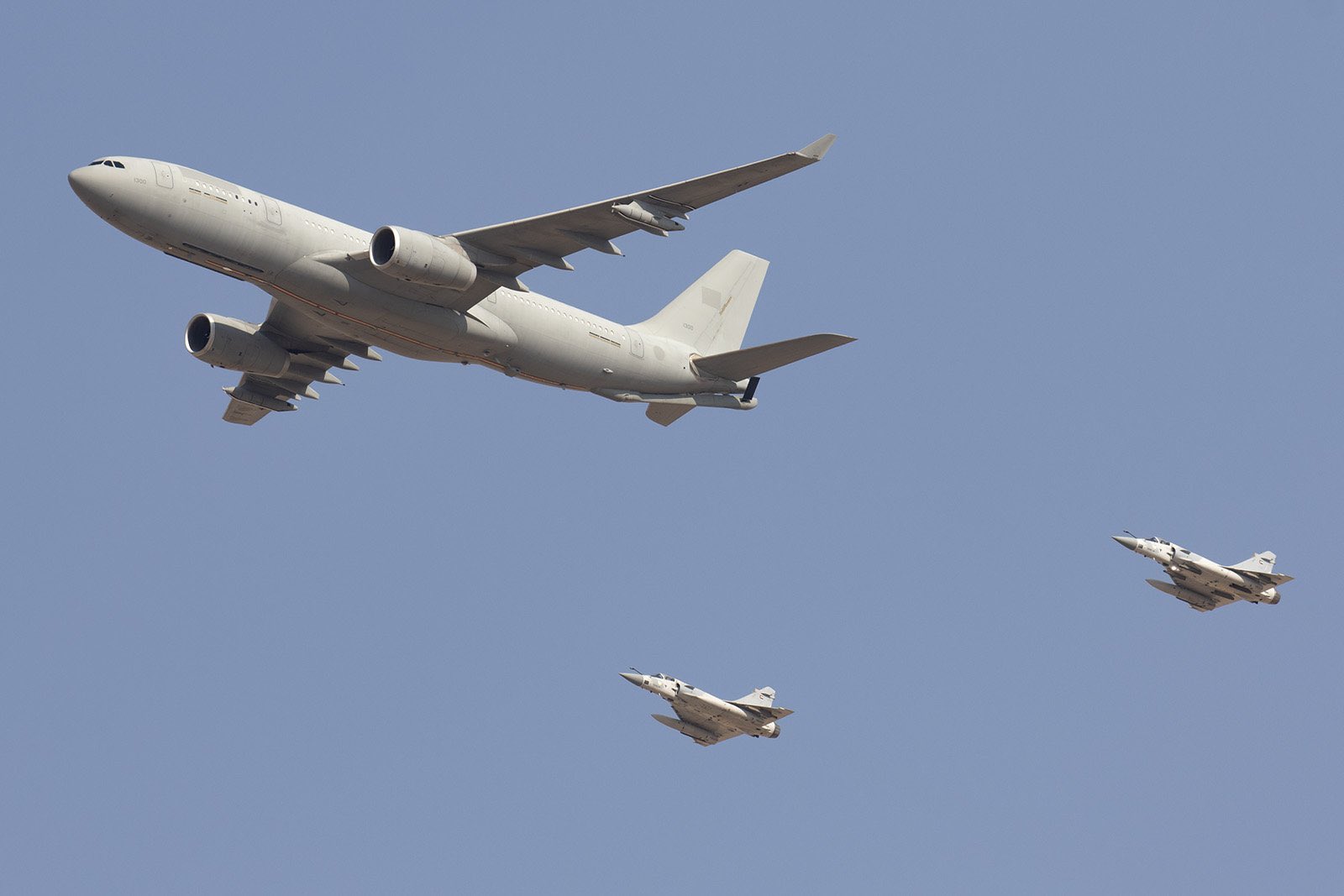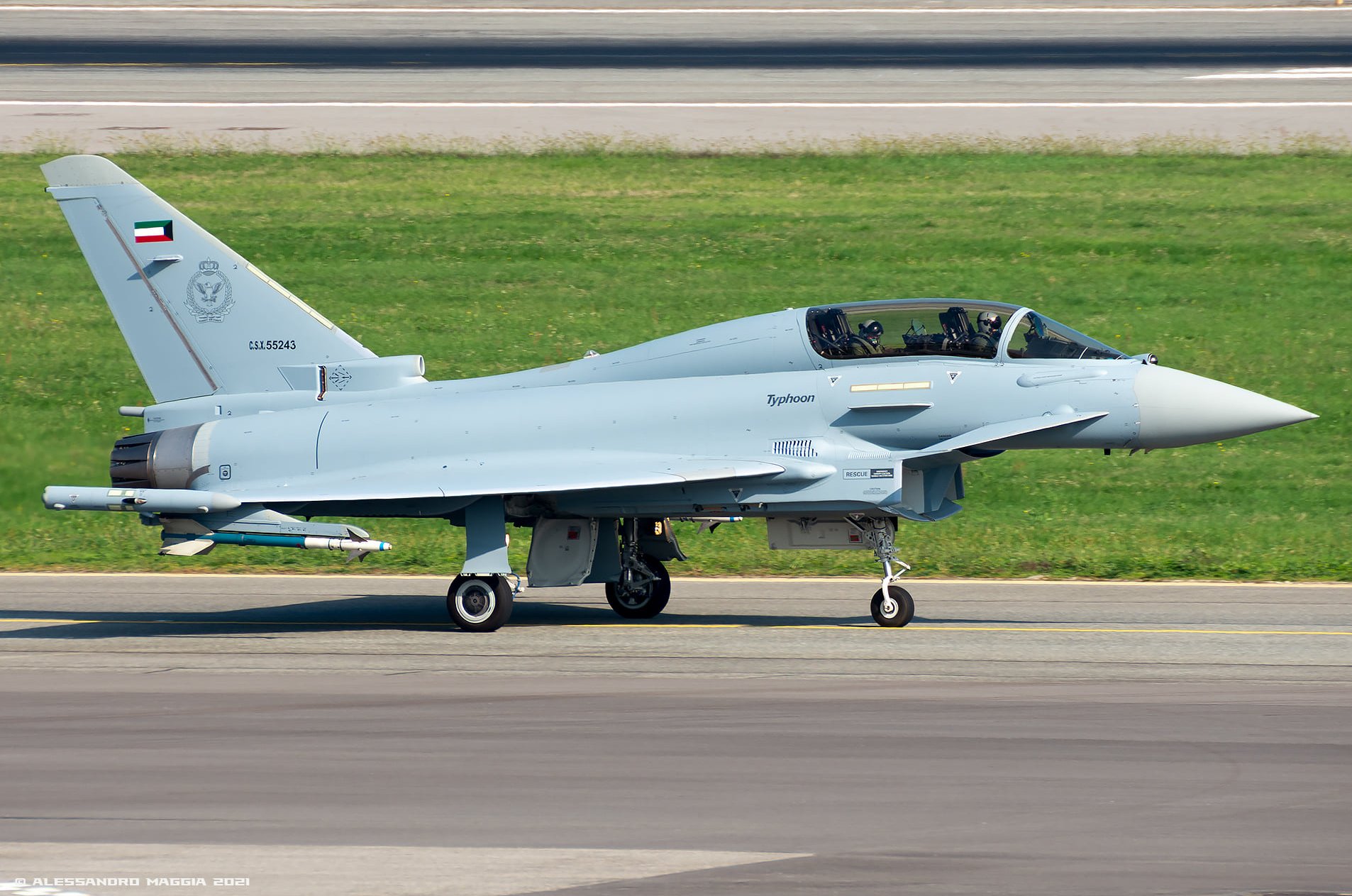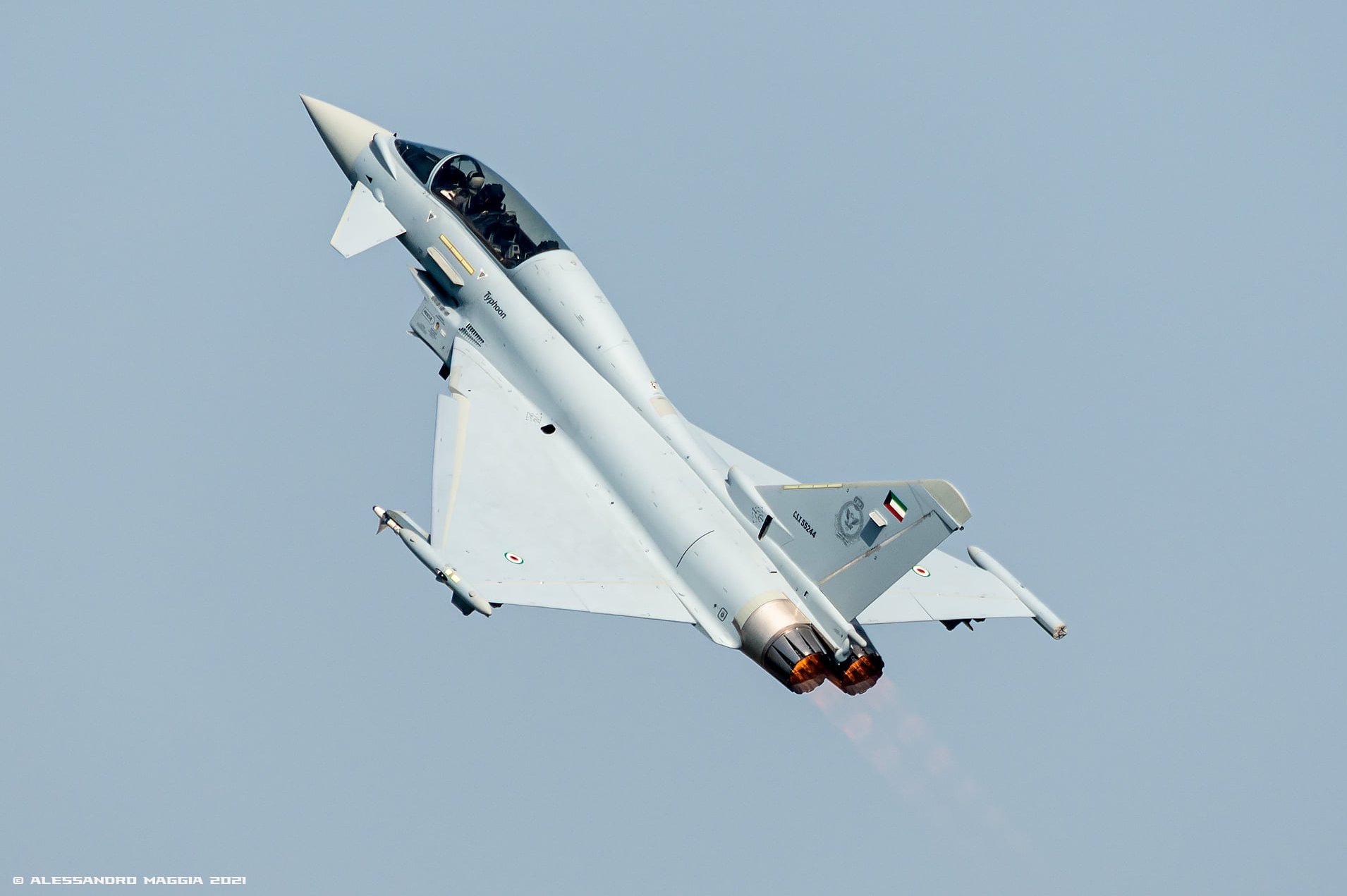A few days ago an US Army veteran kindly
accepted an invitation for an interview. B. served in M48A5 and M60A1
tanks in the late 1970s and early 1980s, and deployed in Europe as part
of a REFORGER exercise. Before the interview starts I would like to
thank him for his time.
1. Hello B., many thanks for accepting
an interview for alejandro-8.blogspot.com. Could you provide us an
overview of your career in the US Army?
I received a
commission as a Second Lieutenant from ROTC University of Puerto Rico in
June 1976. I attended Armor Officer Basic Course at Fort Knox,
Kentucky and continued on to serve in two different tank battalions,
plus in various other units and staff and retired in 2003.
2. What do you think were the strong and weak points of the Patton tanks you used (M48A5 and M60A1)?
At
the time I served on the M48A5 and the M60A1 I thought they were
comfortable and roomy inside. I thought compared to the Soviet design
we had the better tank. The M48A5 was a little smaller. We called the
M48 “Patton” tank and the M60A1 was just an “M60” and we did not
consider it a Patton.
 |
| 1) A Company, 3rd Battalion, 77th Armor in formation at Fort Polk, Louisiana 1980. |
The weak point was that they were taller and a
bigger target than the Soviet models, but then we could go into hull
defilade easier than the shorter enemy tank. Also they were not that
fast getting up to 30 mph on a road. They were heavily armoured and
could not make the speed of the newer M-1 that replaced them.
3.
When training, at was the typical distance to the objective and speed
of the tank when you fired? And the longest distance at which you ever
fired?
The Army installation I trained were large and during
war games we had large maneuver areas. I remember Fort Polk driving in
long convoys to get to the field location, perhaps 50 miles or more
along dusty tank trails. At Fort Drum it was about the same in snow and
ice sometimes. We could not go that fast the best we could do was 30
mph. Firing was only during gunnery and I don’t remember the ranges we
fired but I know the main gun can fire out to about 4 kilometers. If I
remember right the 105mm gun could shoot even further.
4.
How was the firing at night conducted? Did you use flares for
battlefield illumination? IR projector? What was the effective distance
at which you could fire?
Night time gunnery was a
challenge. We did use flares but also we had infa red and searchlights.
A searchlight tank would illuminate the target for a second, we would
fire and the searchlight would turn off. Then another tank on the line
with a searchlight would illuminate the target for a second, we would
engage and the light would turn off. Again I don’t remember the range
that we fired at. I do remember one night fire at the range where I hit
the target and it exploded. It appeared someone had put some fuel in
the hulk and it exploded.
5. What was the typical
ammunition configuration load (% APDS/AP/HEAT)? We carried APDS
(Sabot), Heat, and HEP but only target practice rounds.
I
don’t remember the configuration but then that would depend on what the
command determined for the battle we were entering and expected
targets. Supposedly there was a “Beehive” round full of flechettes that
would tear apart massed infantry, but we never fired one. There also
was a Willie Pete (WP) smoke round, which we did not have the
opportunity to fire. The machine guns were the M-85 50 caliber for the
tank commander on the M-60A1 and the 7.62 machine gun for the coax (next
to the main gun). The M-48A5 had a 7.62, M-60D machine gun mounted on
an Israeli-designed “Urdan” cupola, which was much lower but you had to
hang out of the hatch to fire, but you could traverse it 360 degrees.
The Loader also had an M-60D machine gun plus there was the coax 7.62
machine gun.
6. What was the maximum rate of fire you achieved? How did it change as you went through the different bins?
We
were expected to have another round loaded in about 8 seconds. Some
loaders were even faster. We never had a competition for speed and I
took no note of it and was focused in qualifying my tank crew, meeting
the standard, and hitting the targets. When I took my turn as loader
during my basic training it was hard to load that heavy round, about 40
pounds and I had a healthy respect for a good loader.
7. Did you prepare for any NBC scenarios? How did it affect crews performance?
We
trained in NBC gear but it was extremely uncomfortable and I don’t
remember being required to shoot and hit targets with all that gear on.
The protective gear automatically reduced everyone’s performance. It
made you overheat and wearing it in summer was out of the question. The
mask we wore was hooked up to the tank ventilation system and it gave
you a gentle breeze on your face when turned on making it more
bearable. It was hard to use sites with the mask on.
8. You
served during the Cold War, and the US Army played a critical role in
NATO. Did you train with crews from other countries? What were your
impressions on training/equipment? Did you notice any difference in
comparison to US Army?
Never had the opportunity to serve with crews from other countries.
9.
The Patton family of tanks is considered an ideal tank for conscripts
because of its reliability and ease of use. Would you agree with the
statement? How long do you think it took to train a crew?
I
agree. The tank was reliable and easy to use with training and good
maintenance. The problem was depending on the priority of the unit you
were assigned to, you did not always get the parts you needed quickly.
With poor maintenance you had breakdowns, you had to follow the schedule
for maintenance. Training a good crew would take a few months of
intensive training.
 |
| 2) With my M-48A5 at Fort Drum, NY 1980. We had to warm up the engines regularly to stop them from freezing up. |
Our problem was as soon as we had a good crew
trained, someone was transferred to another unit or left the Army. We
were CONSTANTLY training our crews and rarely reached peak performance
because of personnel turnover. I complained about this serious issue but
nothing could be done about it at the time. We called it personnel
“turbulence” and the problem was NEVER solved. I hope they figured out a
way to keep crews together better by now.
10. Did you ever participate in REFORGER exercises? If so, can you comment on them?
Yes
I was on REFORGER 1978. It was great training and I think back about it
with fondness although it was a lot of hard work and I suffered greatly
from the cold living in field conditions in a tent. My unit deployed
from Fort Polk, Louisiana to Ramstein Germany then picked up our
equipment at Pirmasens, Germany and went into war games west of the
Fulda area and finished with gunnery at Wildflecken, Germany. We did an
enormous amount of maneuver damage with our tanks and big trucks on the
roads, ground, forest, and some buildings. The Germans made a fortune
in payments for all the damage we did.
11. What was the
maximum distance you covered in a day? Did the tank need any special
maintenance after? I don’t remember exactly but I think the maximum was
about 100 miles.
We had to refuel every evening. We had
to make operator maintenance checks constantly, such as during a stop
checking the track and at the end of the day. You kept an eye on the
gages for any unusual readings and you checked your dipsticks of oil and
transmission fluid. The maintenance schedule of the tank operator
manual gave specific instructions of what to check and when to lubricate
various components on the tank.
12. Did you find operating the M48/60 in high/low temperatures challenging?
Yes.
We trained at Fort Drum, New York during the winter and that is when I
served on the M-48A5. The temperature dipped below zero and the wind
chill was minus 50 below. We had to regularly crank up the engine every
few hours or the engine would freeze up and not start at all. We had to
wear gloves all the time on the tank or your skin would freeze to the
tank. We could NOT shut the hatches with the heater on and had to keep
them open. Closing the hatch results in carbon monoxide poisoning and
death. During breaks while moving around we would knock the ice off the
track and road wheels.
My moustache constantly froze with
icicles so I would duck inside the turret break them off warm up for a
few seconds than pop back up to resume my duties. On icy tank trails you
had to be careful and maintain 100 meter distance between tanks. Once
my tank slid back on an icy hill, but since we maintained our distance, I
did not crash into the tank behind me. I tried again and the same thing
happened. Half way up the hill the tracks could not grip and we slide
down the hill again.
I told the driver to get off the trail and
drive through the fresh snow next to the trail. This worked and the rest
of my platoon followed my example. You had to be careful driving cross
country and keep an eye out for frozen streams. I could tell by the
look of the terrain and the trees on the edge. We had one Lieutenant
sink his tank up the turret in ice water and sinking into a frozen
stream. We joked and called him Admiral after that. It took several
recover vehicles, M-88s, to pull that tank out and the engine was
totally destroyed by the ice water. Fortunately, no one was hurt.
 |
| 3) I am driving the M-60A1. |
Forgot
to answer your question on operating the M60A1 in high temperature.
You had to wear your leather gloves or burn your hand on the tank. It
was miserable and you sweat alot. We trained at night to avoid the
daytime heat but it did not work. At night it was still hot plus I
could not sleep much in the day. After four days we were totally
exhausted. Hope this answers your question. I do not know how long I
could have continued in those heat conditions beyond four days, when the
commander brought us back into garrison to rest. No air conditioner in
the tank.
13. Did you experience any reliability issues with the M60 diesel engine?
No.
We had good mechanics. It all depends on budgets and priority of the
unit. US Army units in Europe had the highest priority and got the best
and fastest of everything. Back in the states we did not have high
priority and budgets so sometimes it took longer for repair and
maintenance. The Marines always seem to have low budgets and older
equipment than we did.
14. In the 70/80s Warsaw Pact had
deployed a very large number of tanks in Eastern Europe. Did you have
access to intelligence (periodicals, reports, actual equipment via
Israel)?
We had training on Soviet doctrine and tactics. We
knew they had a lot of tanks but that ours were better. We had some
intelligence briefings and manuals of how to fight them. It was all
theory and thank God we never had to actually fight them because I don’t
know if I would have survived it. Did not have any opportunity to
actually see Soviet equipment, just pictures.
15. Did the Soviet Army have any equipment that caught you eye (T-64/72/80, AT missiles?)
I
had no concern with their tanks except they had masses of them. We
were very concerned with the Soviet “Sagger” Anti-tank missile and the
“Hind” attack helicopter.
16. Patton class tanks served for a
very long time. One of the reasons was that projects like MBT-70 were
canceled. Did you get the impression the M60 was getting long in the
tooth as USSR T-64/72/80?
My last assignment with tanks was
in 1980, so not enough time had gone by, but the M60 was constantly
being upgraded and with a good crew could hold its own against the
Soviet tanks. The Kuwait war, “Operation Desert Storm” 1991 was an
example where the Marines used M-60s and still annihilated the Iraqi
Soviet tanks. The key was training, good tactics, leadership and good
maintenance.
 |
| 4) In the tank commander position of my M-48A5 tank at Fort Drum, New York 1980. |
17. Recently designed tanks in Europe and Asia have included autoloaders. What is your opinion on these devices?
Don’t
trust autoloaders since our human loaders could reload faster than the
auto loaders during my time in tanks. It is a machine and it can break
down and unless there is a backup, you have to abandon the tank if the
autoloader fails.
18. In the 1990s the Patton family was
quickly retired from the US Army following the end of the Cold War. Do
you think it was a good decision or perhaps they could have served
longer?
The M-1 tank is so much more superior to the Patton
tank, I can understand why we completely replaced them. In particular
the armor of the M-1 is almost impregnable. The M-1 is also faster. I
have seen Turkish M-60 tanks blown up easily by the new anti tank
missiles. The armor of the M-60 is obsolete and hanging reactive armor
on the original design just added more weight and reduces performance.
The M-60 is still serving overseas in some Armies but if I had to go
into combat I want the best tank possible to survive.
19. Is there any anecdote you would like to share before we finish the interview?
I
want to share one funny searchlight story, which you can add. We were
in a war game at night and my tank platoon was suppose to be attacked by
an infantry company. We had no night vision devices back then. My
platoon sergeant requested permission to use the search light. I gave
permission but told him to not tell anyone. He shot out a beam for a
second illuminating the valley ahead of us. You could see the entire
infantry company with their arms held over their eyes. In that second
the entire infantry company was blinded. There were angry voices on the
radio demanding to know who did that. I kept my mouth shut. The
commander was furious. The umpires had to cancel the battle that night
and we had a good nights sleep :-D
Other interviews:
- Interview with a former British artilleryman and veteran of the Gulf War
- Former M60 tanker in the Army of Austria
- Former Chieftain crew member
- Former Chieftain gunner
- AMX30 commander of the Army of France
- NCO of the Army of Serbia
- Former crew member of Challenger 2
- Former Leclerc commander
- T-72 driver in Czech Army
- US Army M60 tank crewmman
- Interview with D., former US Army tanker with experience in the M60 and M1 Abrams
- Interview with Stefan Kotsch, former NVA/Bundeswehr tanker
More interviews can be found in the Spanish version of the blog (link), including with veterans of Leo 2, AMX30, M48/60 and REME.
I
am always looking for more veterans, active members or people related
with the defence industry to accept interviews. If you enjoyed reading
the material and would be happy to accept an anonimous interview you can
get in contact with me. My e-mail can be found in this link at the heading. Otherwise leave a message in the comment sections.

































